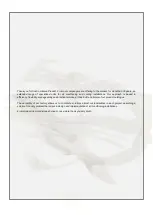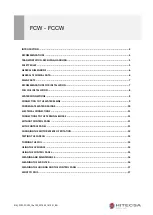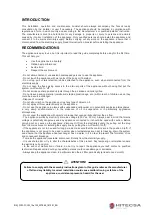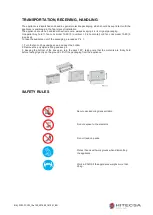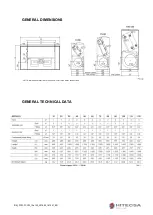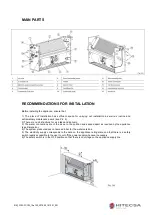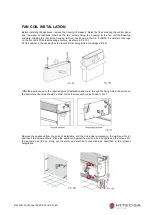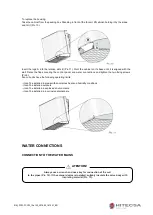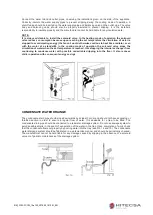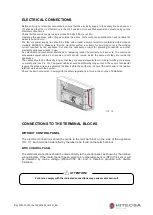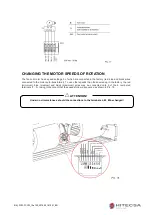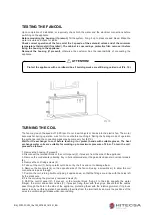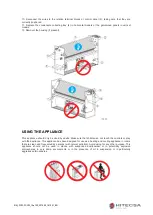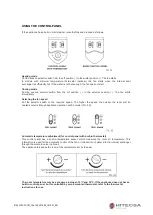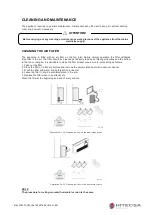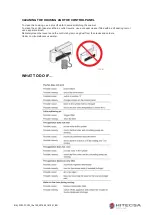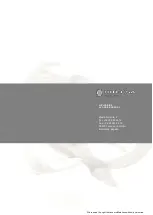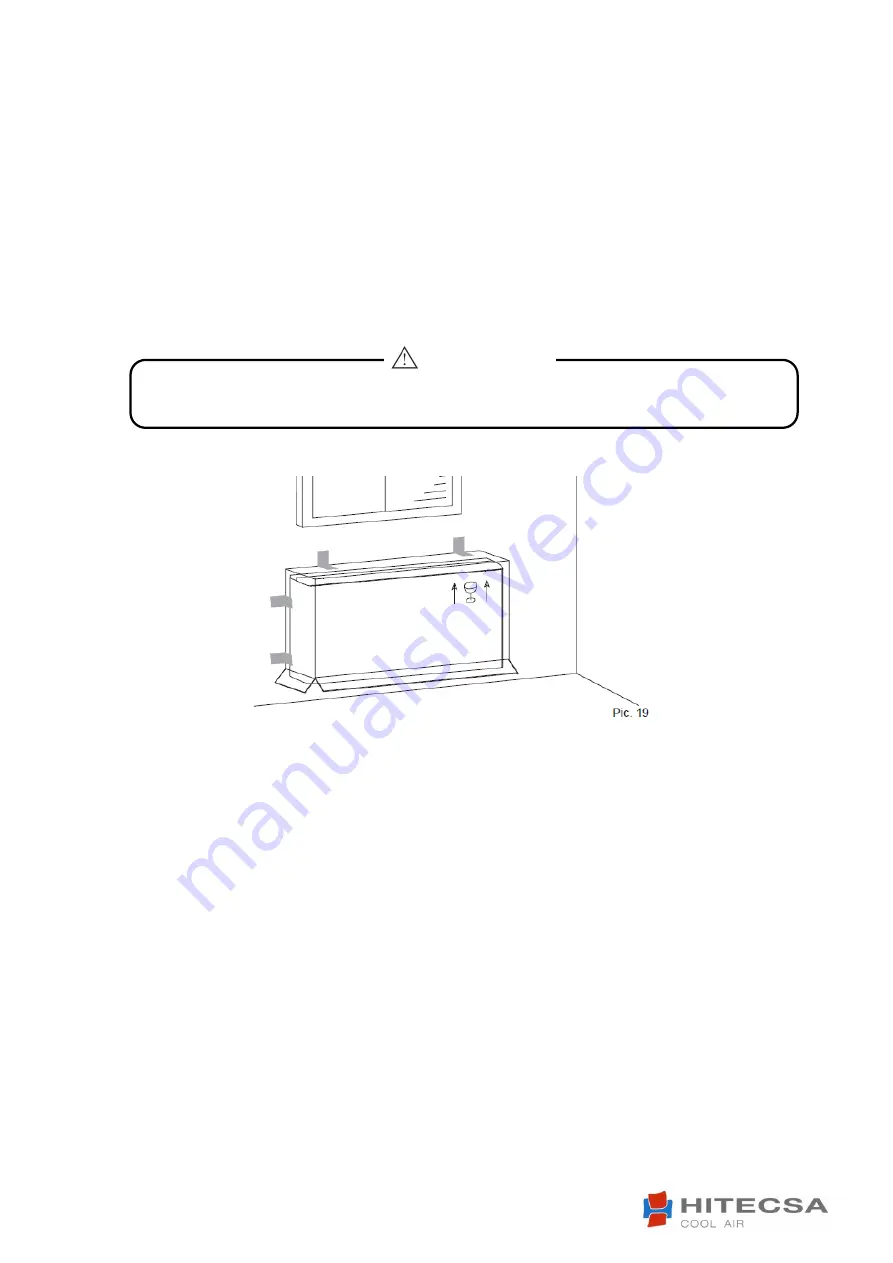
IOM_FCW-FCCW_10a120_207995_181001_EN
Protect the appliance with a cardboard box if building works are still being carried out (Pic. 19).
ATTENTION!
TESTING THE FANCOIL
Upon completion of installation, scrupulously check both the water and the electrical connections before
switching on the appliance.
Before mounting the housing (if present)
, fill the system, bring it up to pressure and bleed. Make the
water circulate and check for leaks.
Check correct operation of the fan coil at the 3 speeds, of the solenoid valves and of the minimum
temperature thermostat (if installed). The cabinet is covered by a protective film: remove it before
fixing the housing to the appliance.
Remount the housing (if present)
, otherwise the customer has the responsibility of concealing the
appliance.
TURNING THE COIL
The fan may reach the speed of 1,000 rpm. Do not insert objects or hands into the electric fan. The motor
becomes hot during operation; wait for it to cool before touching it. During the heating mode of operation
the exchanger and the connecting pipes may become very hot (80°C).
Wait for the exchanger to cool before touching it or protect hands with suitable gloves. The heat
exchange water coils are suitable for working up to maximum pressure of 8 bar. To turn the coil,
proceed as follows:
1. Remove the housing (if present).
2. Disconnect the terminal block or the control panel (2), if present, from the side of the appliance.
3. Remove the condensate collecting tray in horizontal models or the galvanized panels in vertical models
(4).
4. Remove the coil fixing screws (5).
5. Take out the coil (1), being careful not to be cut by the fi ns and not to damage them.
6. Remove the knockouts (6) on the opposite side of the fan coil (using a screwdriver), to allow the coil
connections to pass through.
7. Position the coil, turning it without tipping it upside down, so that the fittings are in line with the holes left
by the knockouts.
8. Fix the coil using the previously removed screws (5).
9. Shift the control panel (2), if present, or the terminal block (fixing it to the side opposite the water
fittings), the motor and sensor cables (3), if present, fixing them with their grips. Ensure that the cables
pass through the hole in the side of the appliance, protecting them with the relative grommet. If it proves
easier to carry out this operation by separating the wires from the terminal blocks, mark the positions of the
wires to avoid making mistakes when reconnecting.


